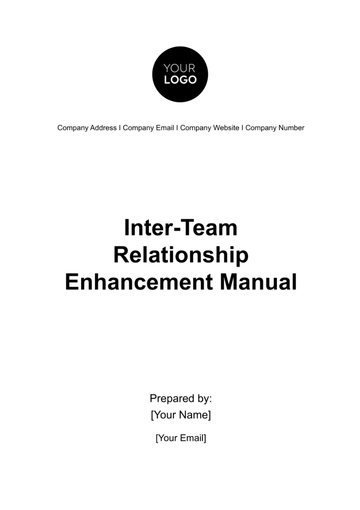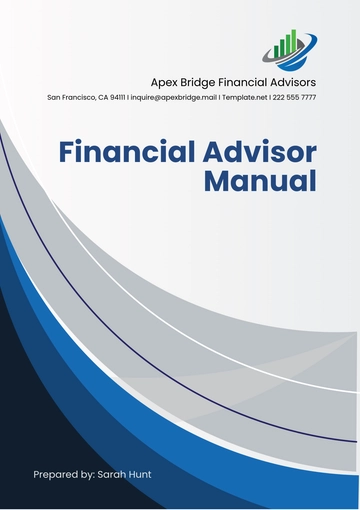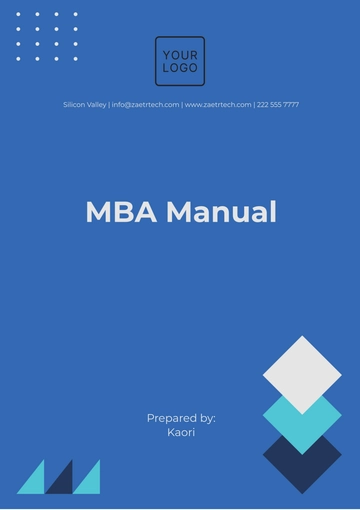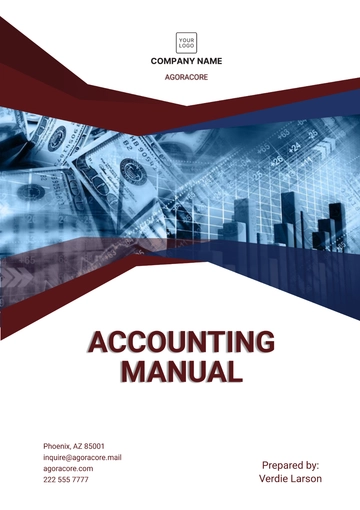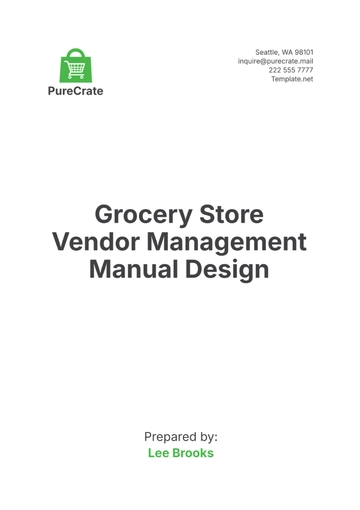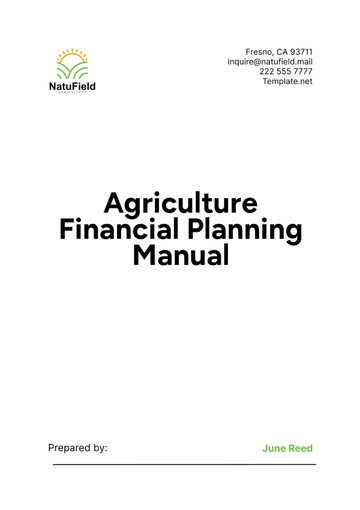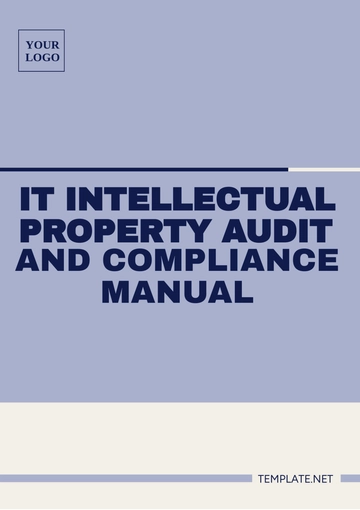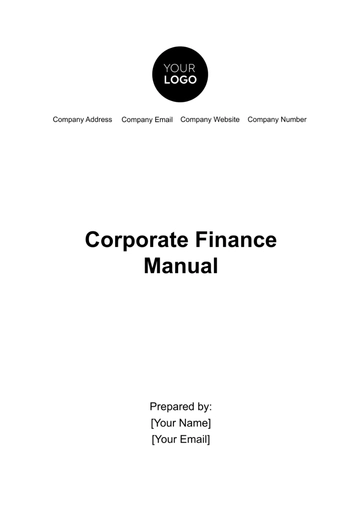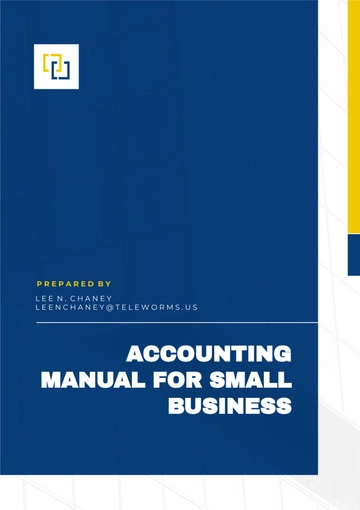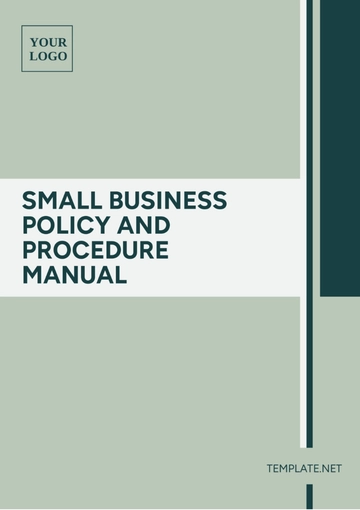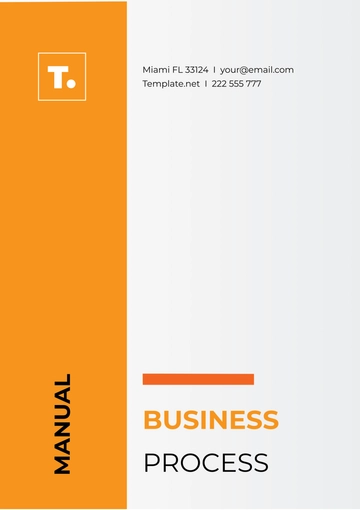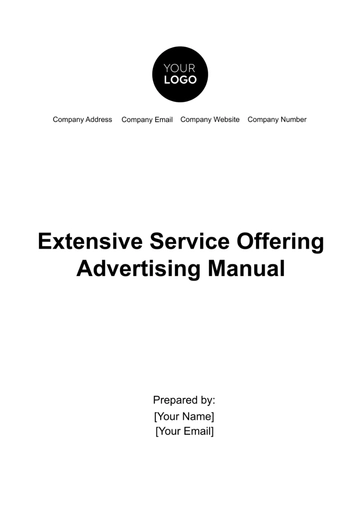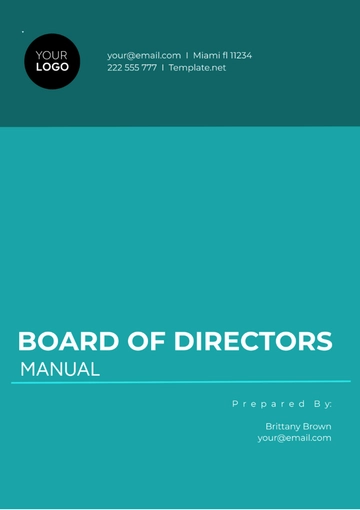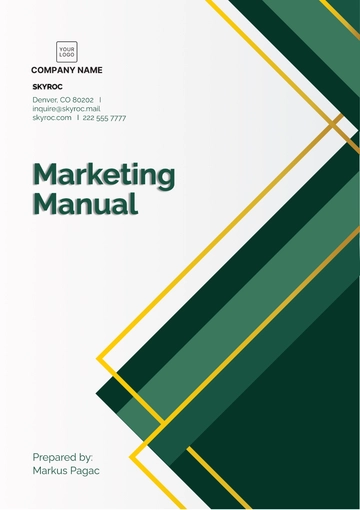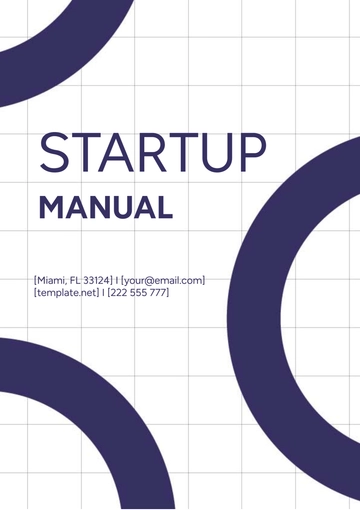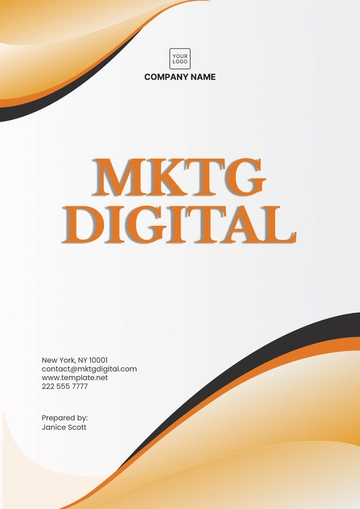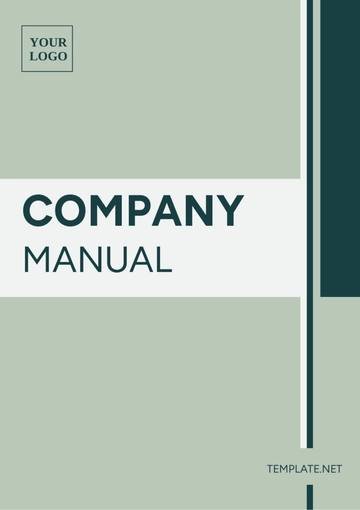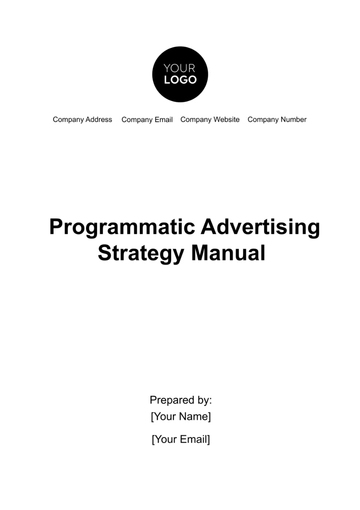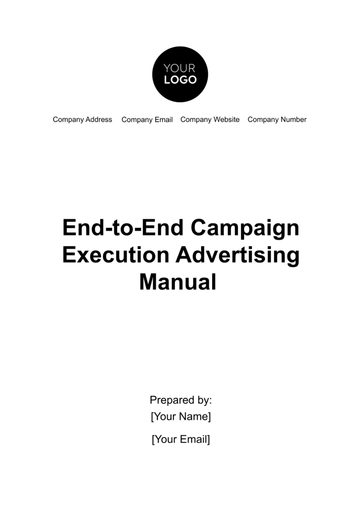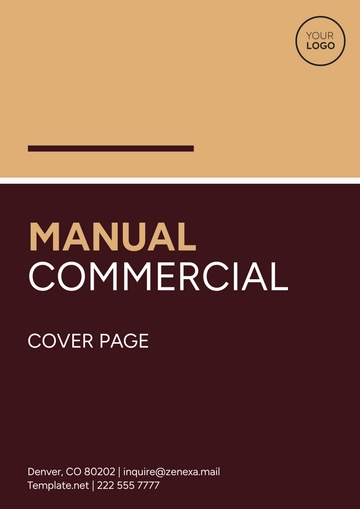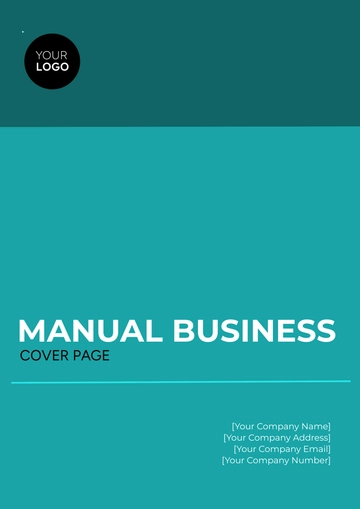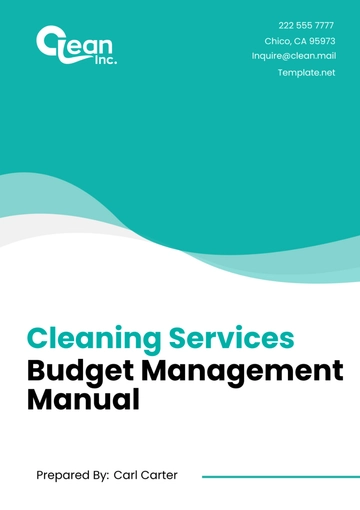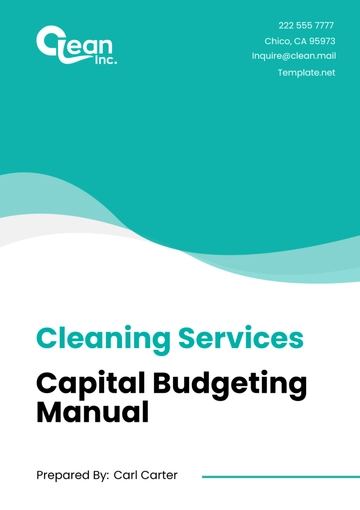Free Finance Budget Planning Manual
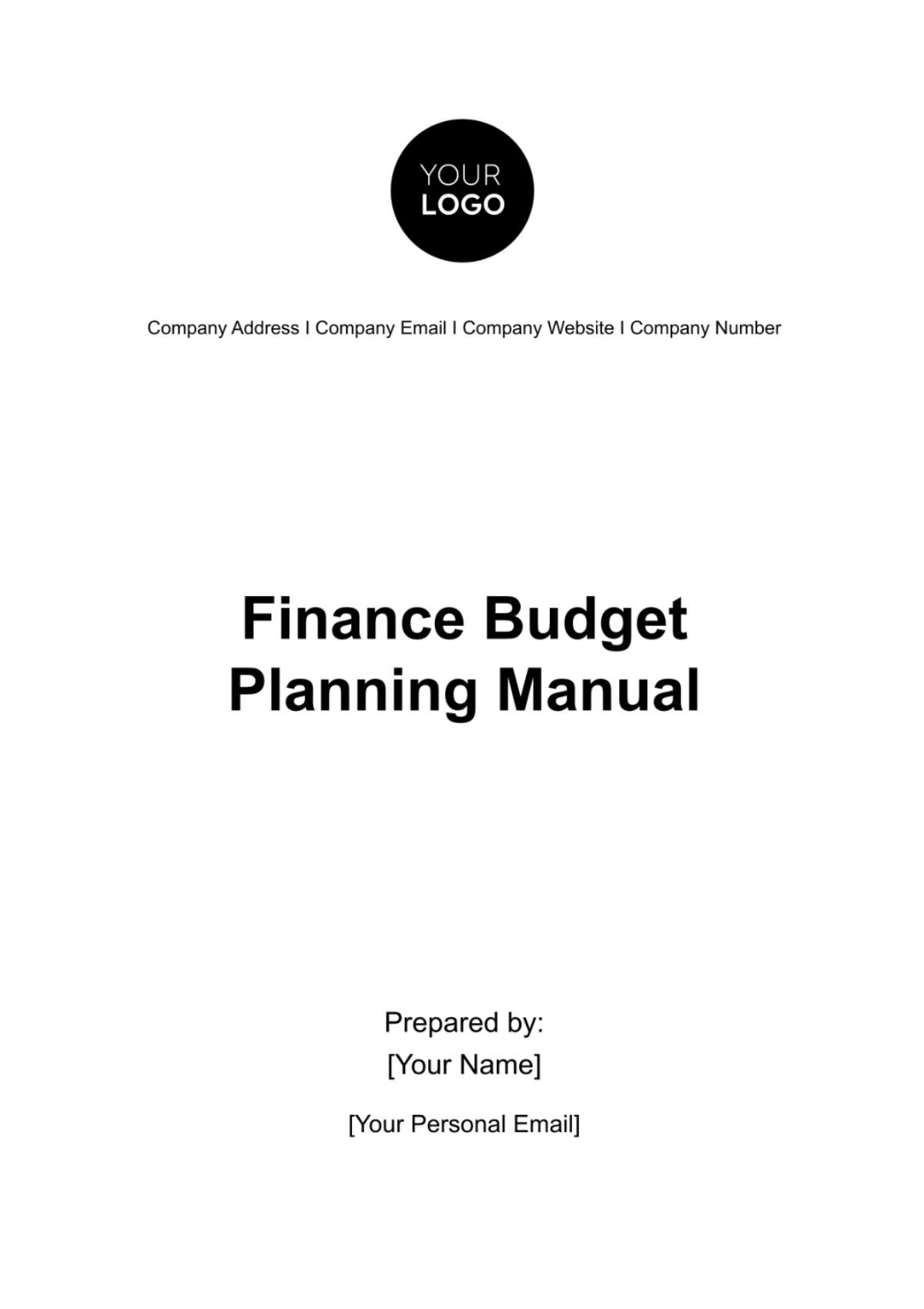
Published By: [Your Company Name]
Date: [Month Day, Year]
Introduction
Welcome to the comprehensive financial budgeting manual specially designed to guide the users through the meticulous task of planning budgets. With in-depth analysis, practical samples, and illustrative tables, the manual intends to make it easier for financial specialists or individuals to prudently manage their financial accounts.
Setting Up Your Budget
Objectives and Goals
Define Financial Goals for [Month Day Year]: Set specific, measurable financial targets for the upcoming year. This could include revenue targets, profit margins, cost reduction goals, or capital acquisition plans.
Establish Short-Term and Long-Term Objectives: Short-term objectives might focus on immediate financial needs or opportunities, such as launching a new product line or reducing overhead costs within the next quarter. Long-term objectives could involve expanding into new markets, long-term investments, or company-wide financial restructuring.
Align Budgeting Goals with Overall Business Strategy: Ensure that the budget supports the broader strategic objectives of [Your Company Name]. This alignment ensures that financial resource allocation directly contributes to achieving the company's mission and vision.
Understanding Your Cash Flow
Analyze Previous Years' Financial Statements: Review the past year's income statement, balance sheet, and cash flow statement to understand historical financial performance. Identify trends in revenue, costs, and profitability.
Determine Regular Income Sources and Expenditure Patterns: Identify consistent sources of income, such as recurring sales, contracts, or service fees. Analyze regular expenditures, including fixed costs like rent and salaries, and variable costs like materials and utilities.
Month | Income | Expenses | Net Cash Flow |
|---|---|---|---|
January | $50,000 | $20,000 | $20,000 |
Budget Planning Process
A. Revenue Forecasting
Projected Revenue for Each Product/Service: Estimate future revenue by analyzing past sales data, market trends, and seasonal fluctuations.
Seasonal Variations and Market Trends: Consider how different times of the year and market shifts can impact sales of different products or services.
B. Expense Planning
Fixed and Variable Expenses: Analyze and forecast both fixed expenses (like rent and salaries) and variable expenses (like utilities and materials).
Cost-Saving Opportunities: Identify areas where expenses can be reduced without impacting business operations.
C. Allocation of Resources
Prioritize Resource Allocation Based on Business Objectives: Allocate resources to areas that align with strategic goals, such as growth, market expansion, or product development.
Allocate Funds for Emergency Situations: Set aside a portion of the budget for unforeseen expenses or market changes to ensure financial stability.
D. Monitoring and Managing the Budget
Effective budget management is crucial for the financial health of [Your Company Name]. This section outlines the processes and practices for monitoring and adjusting the budget as necessary.
E. Regular Review Process
Schedule Monthly Budget Reviews: Establish a routine schedule for reviewing the budget. Monthly reviews are essential to keep track of financial performance and make timely decisions. These reviews should involve key stakeholders and financial managers.
Compare Actuals Against Forecasted Budget: During each review, compare the actual income and expenses against the budgeted figures. This comparison helps in identifying any variances and understanding the reasons behind them. Use this information to assess the effectiveness of the budget and the accuracy of your forecasts.
Variance Analysis: Analyze significant variances between the actual and budgeted figures. Determine whether these variances are due to changes in the market, operational efficiencies, or inaccuracies in forecasting.
Performance Metrics: Utilize key financial metrics such as gross profit margin, net profit margin, and operating ratio to assess overall financial performance against the budget.
Adjustments and Contingencies
Procedures for Budget Adjustments: Establish a clear process for making adjustments to the budget. This process should outline who is authorized to make changes, under what circumstances adjustments can be made, and the required documentation.
Flexible Budgeting: Implement a flexible approach to budgeting that allows for adjustments in response to market changes, unexpected expenses, or new opportunities.
Approval Hierarchy: Define a hierarchy for budget adjustment approvals to ensure that changes are made judiciously and in alignment with strategic objectives.
Contingency Plans for Unexpected Expenses or Revenue Shortfalls: Prepare for unforeseen financial situations by developing contingency plans.
Emergency Funds: Allocate a portion of the budget to an emergency fund to cover unexpected costs without disrupting the business operations.
Revenue Shortfalls: Develop strategies to address potential revenue shortfalls, such as cost-cutting measures, alternative revenue sources, or financial arrangements like short-term loans.
Scenario Planning: Conduct regular scenario planning exercises to prepare for various financial situations, helping to minimize the impact of market volatility or economic downturns.
Reporting and Analysis
Accurate and thorough reporting and analysis are essential components of effective budget management for [Your Company Name]. This chapter focuses on the processes and methodologies for creating meaningful financial reports and performing insightful performance analysis.
A. Monthly Financial Reports
Detailed Reports of Income and Expenditure: Prepare comprehensive reports that capture all income and expenses within the reporting period. These reports should be clear, detailed, and easy to understand, providing a complete picture of the company's financial activities.
Income Statement: Include a monthly income statement that shows revenues, costs of goods sold, gross profit, operating expenses, and net profit or loss.
Expense Breakdown: Offer a detailed breakdown of expenses, categorized into fixed and variable expenses, and compare these against the budgeted amounts.
Analysis of Budget Variances: Each financial report should include an analysis of variances between actual figures and budgeted projections.
Variance Explanation: Identify and explain significant variances. Determine whether they are due to operational factors, market conditions, or forecasting errors.
Corrective Actions: Suggest corrective actions for negative variances, such as cost reduction strategies or efforts to boost revenue.
B. Performance Analysis
Key Performance Indicators (KPIs) Related to Budget: Identify and track KPIs that are most relevant to assessing budget performance. These may include:
Revenue Growth: Measures the increase in revenue over a specific period.
Profit Margins: Assesses the profitability of the company.
Expense Ratios: Evaluates the efficiency of expense management.
Return on Investment (ROI): Calculates the return on various investments relative to their cost.
C. Financial Health Indicators: In addition to KPIs, monitor broader financial health indicators to provide a holistic view of the company’s financial status.
Cash Flow: Monitor cash flow to ensure the company maintains enough liquidity to cover its obligations.
Debt-to-Equity Ratio: Understand the company's financial leverage and risk by comparing its total liabilities to shareholder equity.
Working Capital: Evaluate the company's operational efficiency and short-term financial health by analyzing its working capital.
Policies and Procedures
Effective financial management at [Your Company Name] requires well-defined policies and procedures. This ensures consistency, accountability, and compliance in all budget-related activities. This chapter outlines the key policies and procedures for budget management.
A. Approval Processes
Approval Hierarchy for Budget-Related Decisions: Establish a clear hierarchy for approving budget-related decisions. This hierarchy should specify who is authorized to make decisions at each level of the budget process, from initial creation to subsequent modifications.
Levels of Authority: Define different levels of authority, such as department managers for minor changes and executive management or the board of directors for significant alterations.
Delegation of Authority: Include provisions for the delegation of approval authority in the absence of primary approvers.
Documentation Requirements for Budget Changes: Implement a standardized process for documenting any changes to the budget.
Change Request Forms: Develop forms or systems for submitting and tracking change requests, including the reason for the change, impact analysis, and approval signatures.
Audit Trails: Maintain an audit trail for all budget changes to ensure transparency and accountability. This includes who made the change, who approved it, and when it occurred.
B. Compliance and Legal Considerations
Ensure Budgeting Complies with Legal and Regulatory Standards: Your budgeting process should comply with all relevant laws, regulations, and industry standards. This includes tax laws, financial reporting standards, and any sector-specific regulations.
Regular Legal Reviews: Conduct regular reviews of budgeting practices to ensure compliance with evolving legal and regulatory changes.
Training and Awareness: Provide ongoing training to staff involved in budgeting to keep them informed about compliance requirements.
Documentation and Record-Keeping Procedures: Proper documentation and record-keeping are critical for legal compliance and effective financial management.
Document Management System: Implement a robust system for managing financial documents, including budgets, change logs, approvals, and compliance-related records.
Retention Policy: Establish a document retention policy that specifies how long different types of financial records should be kept, in accordance with legal and regulatory requirements.
Technology and Tools: Effective use of technology and tools is essential in modern budgeting and financial management for [Your Company Name]. This section outlines key aspects of technology and tools that can streamline and enhance budgeting processes.
C. Budgeting Software
Recommended Budgeting Software Tools: Select software tools that align with the company's size, complexity, and specific needs. Consider tools that offer functionalities such as real-time data analysis, forecasting, scenario planning, and easy integration with other systems. Examples include:
QuickBooks: Ideal for small to medium-sized businesses, offering budgeting, invoicing, and payroll features.
Xero: Known for its user-friendly interface and strong integration capabilities.
SAP Business Planning and Consolidation: Suitable for larger organizations requiring comprehensive planning, budgeting, and forecasting solutions.
Integration with Existing Accounting Systems: The chosen budgeting software should seamlessly integrate with your existing accounting systems to ensure data consistency and accuracy.
Data Synchronization: Ensure the software can synchronize data with your accounting system to avoid manual data entry and reduce errors.
Compatibility Checks: Regularly check for software updates to maintain compatibility with other business systems.
D. Data Management
Data Security and Privacy Practices: Implement robust data security measures to protect sensitive financial information.
Encryption: Use encryption for data at rest and in transit to protect against unauthorized access.
Access Control: Implement strict access controls to ensure that only authorized personnel can view or modify financial data.
Compliance with Regulations: Adhere to relevant data protection regulations, such as GDPR or HIPAA, depending on your business location and nature.
Backup and Recovery Plans for Financial Data: Develop a comprehensive backup and recovery strategy to prevent data loss and ensure business continuity in case of system failures or other disruptions.
Regular Backups: Schedule regular backups of financial data, including budget files, transaction records, and reports.
Offsite Storage: Store backups in a secure, offsite location or use cloud-based solutions for added protection.
Disaster Recovery Plan: Create a disaster recovery plan detailing steps to restore financial data and resume operations in the event of a data loss incident.
Conclusion
Effective budget planning and management are pivotal for the success of [Your Company Name]. This manual serves as a guide to help you navigate through the complex process of budgeting in a structured and efficient manner.
- 100% Customizable, free editor
- Access 1 Million+ Templates, photo’s & graphics
- Download or share as a template
- Click and replace photos, graphics, text, backgrounds
- Resize, crop, AI write & more
- Access advanced editor
Template.net offers a meticulously crafted Finance Budget Planning Manual Template. This editable document is a cornerstone for effective financial planning. With a user-friendly interface, it simplifies the complex task of budgeting. Tailor it to your company's needs effortlessly. Achieve financial clarity and success with this indispensable tool that you can customize with our AI Editor Tool. Get started today with Template.net!
